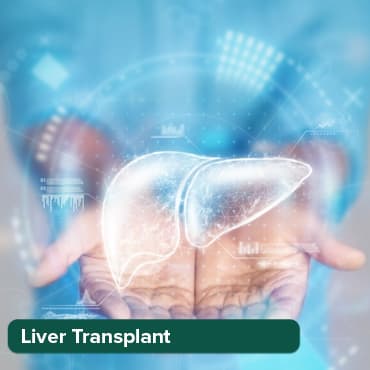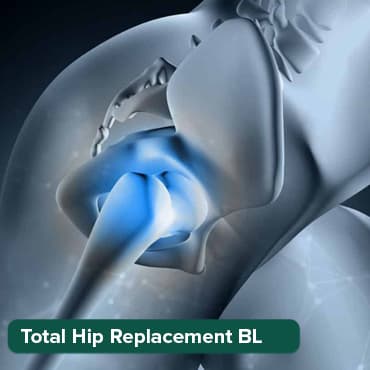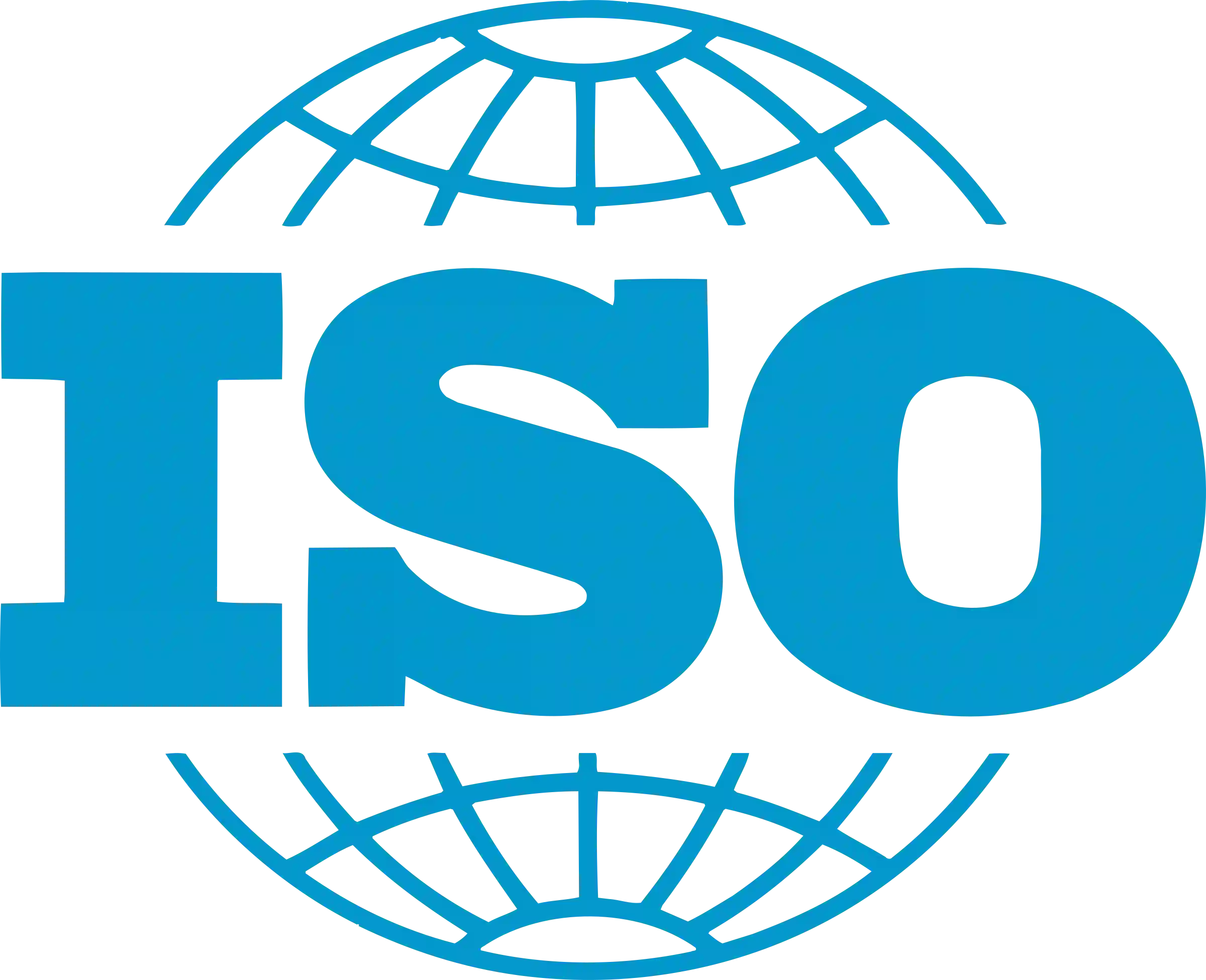
نظرة عامة على الإجراءات العصبية: ما تحتاج إلى معرفته
15 Apr, 2023
Neurological procedures have become an essential aspect of modern medical practice. These procedures are indispensable for the diagnosis, treatment, and management of neurological ailments that affect the nervous system, brain, and spinal cord. The intricacy and sophistication of neurological procedures necessitate the expertise of highly skilled specialists. In this exposition, we shall furnish an overview of neurological procedures and apprise you of everything you need to know concerning these medical interventions.
1. Introduction
The nervous system, a complex web of nerves and cells responsible for transmitting information throughout the body, is vulnerable to a host of neurological conditions that can afflict the brain and spinal cord, often with a pronounced impact on an individual's quality of life. Neurological procedures, which play a vital role in the diagnosis, treatment, and management of such conditions, are often intricate and require the expertise of highly specialised practitioners.
2. What are neurological procedures?
Neurological procedures encompass a gamut of medical procedures targeted towards the brain, spinal cord, and nervous system. These techniques find their utility in the diagnosis, treatment, and management of an array of neurological conditions. Typically, a medical practitioner with specialised expertise, such as a neurologist, neurosurgeon, or interventional neuroradiologic, performs these procedures.
Neurological procedures can be broadly classified into three categories, namely diagnostic, therapeutic, and preventive. While diagnostic procedures aid in identifying an underlying neurological condition, therapeutic procedures aim to treat or manage the condition. Preventive procedures, on the other hand, are directed towards arresting the onset or progression of neurological conditions.3. Different types of neurological procedures
There are many different types of neurological procedures, including diagnostic, therapeutic, and preventive procedures.
- Diagnostic procedures
- Diagnostic procedures are used to identify a neurological condition. These procedures include:
- Magnetic resonance imaging (MRI)
- Computed tomography (CT) scan
- Electromyography (EMG)
- Electroencephalography (EEG)
- Lumbar puncture
- Therapeutic procedures
Therapeutic procedures are used to treat or manage a neurological condition. These procedures include:
Deep brain stimulation (DBS): A therapeutic procedure that involves the implantation of a device that delivers electrical impulses to the brain to reduce
symptoms of movement disorders.
- Neurostimulation: A therapeutic procedure that involves the implantation of a device that delivers electrical impulses to the nerves to reduce pain.
- Craniotomy: A surgical procedure that involves the removal of a portion of the skull to access the brain for the removal of a tumour or the treatment of epilepsy.
Preventive procedures are used to prevent the occurrence or progression of a neurological condition. These procedures include:
- Carotid endarterectomy: A preventive procedure that involves the removal of plaque from the carotid arteries to reduce the risk of stroke.
- Spinal fusion: A preventive procedure that involves the fusion of two or more vertebrae to stabilise the spine and prevent further damage.
- Brain aneurysm repair: A preventive procedure that involves the repair of a weak or bulging area in a blood vessel in the brain to prevent rupture and bleeding.
There are many neurological conditions that can be treated with procedures. Some of the most common conditions include:
Brain tumour
Brain neoplasms are anomalous proliferation of cells within the cerebral tissue. These growths can manifest in both benign and malignant forms and may elicit an array of symptoms, such as cephalalgia, convulsions, and dysarthria or ataxia. In the domain of neurology, some procedures utilised to manage cerebral neoplasms are craniotomy, stereotactic radiosurgery, and chemotherapy.
Epilepsy
Epilepsy, a complex neurological disorder, is characterised by recurrent seizures resulting from aberrant electrical activity within the brain. The various neurological procedures employed to manage the condition encompass deep brain stimulation, vagus nerve stimulation, and surgery aimed at resection of the epileptogenic foci.
Parkinson's disease
Parkinson's disease, a neurological condition that has a marked impact on movement, is the result of degeneration of neurons responsible for producing dopamine in the brain. To address this debilitating ailment, a range of neurological interventions have been developed, including pharmacological therapy and deep brain stimulation, among others.
Stroke
When a disruption occurs in the blood flow to the brain, the result is a stroke. This can lead to the death of brain cells, and a variety of symptoms may present themselves, such as paralysis, difficulties with speech, and cognitive impairment. The medical procedures that are commonly used to address strokes include thrombectomy, carotid endarterectomy, and rehabilitation therapy.
Multiple sclerosis
Multiple sclerosis, a neurological disorder impacting the central nervous system, arises from the destruction of myelin, a defensive sheath encompassing nerve fibres within the spinal cord and brain. Neurological methods employed in the management of multiple sclerosis include pharmaceuticals, rehabilitation therapies, and transplantation of stem cells.
Spinal cord injuries
Spinal cord injuries can lead to a condition where the body experiences paralysis or loss of sensation, only below the level of injury. The medical procedures used for neurological treatment of spinal cord injuries include spinal fusion, nerve stimulation, and administering medication.
5. Risks and complications of neurological procedures
Like any medical procedure, neurological procedures carry some risks and complications. Some of the most common risks and complications include:
- Infection
- Bleeding
- Damage to surrounding tissues
- Reaction to anesthesia
- Blood clots
- Seizures
6. Choosing a neurological procedure specialist
Neurological procedures are often complex and require highly skilled specialists to perform them. It is essential to choose a specialist who has experience and expertise in performing the procedure you need.
You can start by asking your primary care provider for a referral or researching specialists in your area. Be sure to ask about the specialist's experience, credentials, and success rates with the procedure you need.
7. The cost of neurological procedures
Neurological procedures can be costly, and the cost can vary depending on the type of procedure, your insurance coverage, and your geographic location. It is essential to discuss the cost of the procedure with your healthcare provider and your insurance company before undergoing the procedure.
8. The future of neurological procedures
Advances in technology and research are leading to new and innovative neurological procedures. These procedures aim to improve outcomes, reduce risks and complications and provide more targeted treatments for neurological conditions.
Some of the promising developments in neurological procedures include:
- Minimally invasive procedures
- Gene therapy
- Stem cell therapy
Conclusion
Neurological interventions hold a vital role in the diagnosis, management, and treatment of neurological conditions. These interventions encompass a range of procedures, including preventive measures, condition-specific therapies, and diagnostic tests. Optimal outcomes and an improved quality of life for those afflicted with neurological disorders hinge on the engagement of a healthcare provider who is experienced and well-versed in neurological procedures. Consequently, it is crucial to have an open and comprehensive discussion regarding the benefits, drawbacks, and financial implications of any such intervention.
Given the impressive strides made in research and technology, there is considerable promise in the realm of neurological procedures, with an increasing number of innovative treatments anticipated to emerge. The impact of these advancements will undoubtedly be life-changing for individuals affected by neurological conditions.
تحويل جمالك، تعزيز ثقتك بنفسك
العثور على مستحضرات التجميل المناسبة الإجراء لاحتياجاتك.

نحن متخصصون في مجموعة واسعة من إجراءات التجميل

الإجراءات الأكثر شعبية في الهند
عيب الحاجز الأذيني (
خصم يصل إلى 80%
تقييم 90%
مرض

تصوير الأوعية التاجي
خصم يصل إلى 80%
تقييم 90%
مرض

تصوير الأوعية التاجي
خصم يصل إلى 80%
تقييم 90%
مرض

زراعة الكبد
خصم يصل إلى 80%
تقييم 90%
مرض

استبدال الورك الكلي-
خصم يصل إلى 80%
تقييم 90%
مرض

علاجات العافية
امنح نفسك الوقت للاسترخاء
أقل الأسعار مضمونة!

أقل الأسعار مضمونة!




